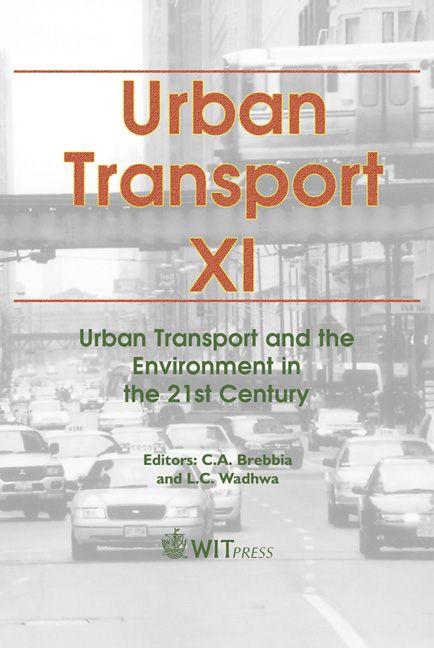Simulation Of Noise Emission In The Railway Traction Means
Price
Free (open access)
Transaction
Volume
77
Pages
10
Published
2005
Size
526 kb
Paper DOI
10.2495/UT050501
Copyright
WIT Press
Author(s)
Z. Bazaras
Abstract
Noise pollution is an increasing nuisance within the EU member states. In an attempt to pursue measures to combat the problem of noise, the European Commission has in recent years intensified its activities within noise abatement. One such process considered here concerns the harmful consequences of transport usage and the noise generated by transport vehicles, its distribution and its variation in the internal transport vehicle spaces and various noise sources in particular. Engineering, organizational and administrative noise reducing measures are also reviewed along with noise effects considered harmful to human health. Traffic velocities increase as the railway transport rolling-stocks improve technically and become more perfect and sophisticated, the noise generated by them is intensified too and noise limits are exceeded. Several major factors are considered here: the condition of the rail and the wheels, and the type of trains, as well as the question of the specific prediction method used. Key words: railway transport, internal noise emission, simulation. 1 Introduction In Europe, noise is a growing problem that is estimated to affect the health and quality of life of at least 25 % of the EU population. While noise pollution comes from several sources, the dominant one is transportation. Around 20 percent of the Union’s population or close on 80 million people suffer from transport noise levels considered to be unacceptable. The noise pollution problem is being aggravated because passenger and freight traffic will increase dramatically in the years to come. According to projections released by the International Energy Agency in 2002, passenger and
Keywords
railway transport, internal noise emission, simulation.





